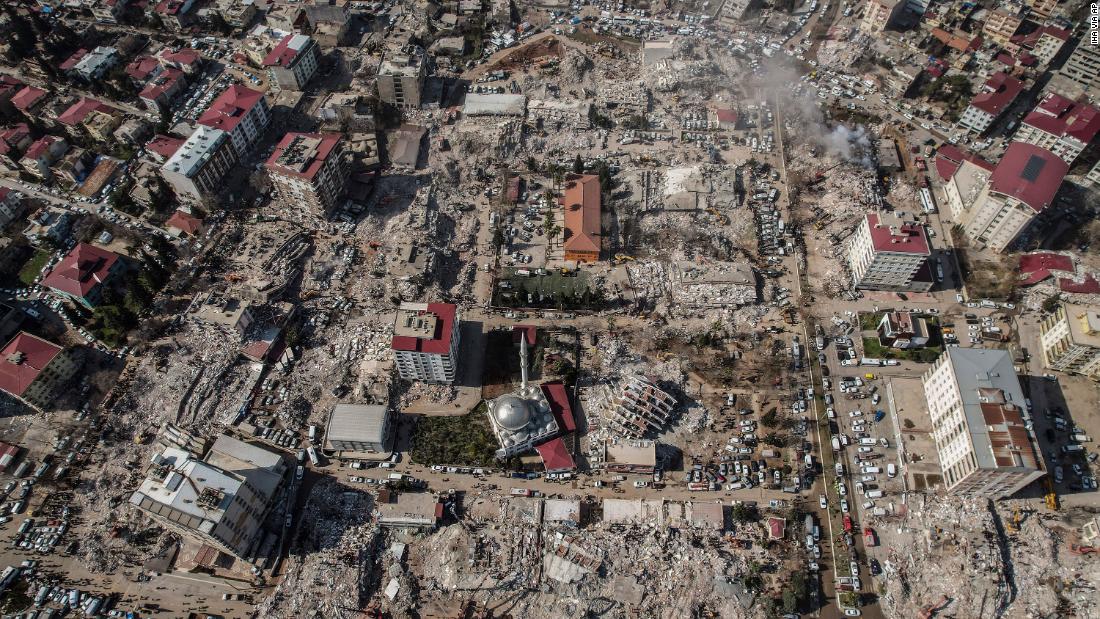The Risks of ‘Driving While Black’ in Baltimore County
A new report found that African Americans were targeted in 58 percent of all vehicle stops in 2020, though they comprised just 30 percent of Baltimore County’s population. Former County NAACP President Tony Fugett, who sits on the Equitable Policing Advisory Group, said the data indicated “implicit bias.”

More than half of all drivers pulled over, searched, cited, and arrested last year by the Baltimore County Police (BCoPD) were African American, reports the Baltimore Sun.
Despite the BCoPD’s efforts to address racial disparities in traffic stops in a county where Black residents make up less than a third of the population, a disproportionate number were still pulled over, a review of 2020 traffic stops by the county’s Equitable Policing Advisory Group showed.
“I think it’s implicit bias,” said former Baltimore County NAACP President Tony Fugett, a member of the group.
Black people represent 30 percent of Baltimore County’s population; but according to census estimates, they were involved in 58 percent of all vehicle stops in 2020.
Hispanic drivers account for six percent of the county and five percent of traffic stops.
White people, who made up 60 percent of the county’s population, accounted for just over 31 percent of all traffic stops last year, according to the county’s traffic stops data dashboard.
Last year, police pulled over cars 31,000 times, which was a substantial decrease from the nearly 83,000 traffic stops in 2019.
In attempts to try and decrease racial disparity, the county’s Equitable Policing Work Group was established by County Executive Johnny Olszewski Jr. to assess police traffic stop practices and issue recommendations.
The 2020 data actually represents a widening of the racial gap in traffic stops since 2018 and 2019.
In 2018, 33.9 percent of all drivers stopped by Baltimore County Police were white, while 55.4 percent of drivers stopped were African American.
After the release of the 2018 data, it was determined that there needed to be “a review of stop data, police policies, police practices and police training needed to occur to understand whether racial bias or discriminatory practices contributed to the disparity in stops.”
A National Problem
Baltimore isn’t the only area where drivers of color, especially Black drivers, are subject to more traffic stops than their white counterparts.
An analysis of data collected by local police departments on millions of traffic stops over the last several years, conducted by ABC News, found disparities in almost every major U.S. city.
Some of these disparities were significant. ABC News reported that in Minneapolis, Black drivers were five times more likely to be stopped by police than white drivers.
This data also showed that in Chicago and San Francisco, black drivers were four times more ore like to be stopped than white drivers and in Philadelphia, and Los Angeles, Black drivers were three times more likely to be stopped.
According to “Suspect Citizens: What 20 Million Traffic Stops Tell Us About Policing and Race,” a report published in 2016 by the University of North Carolina (UNC), a study of 14 years of traffic stops through 2016 found that Black drivers were 63 percent more likely to be stopped even though, as a whole, they drive 16 percent less and were 115 percent more likely than whites to be searched in a traffic stop.
The report authors also found that while Black drivers were subjected to more stops, white drivers were found to be more likely to have been found with contraband.
“That correlates with the idea that black drivers were stopped on the pretext of having done something wrong, and when the officer doesn’t see in the car what he thought he might, he tells them to go on their way,” said UNC co-author Kelsey Shoub.
Along with traffic stops, Black motorists in Maryland have been searched by police at “historically” higher rates compared to their white counterparts, but data showed that they were less likely to be found with illegal contraband.
In Texas, data released earlier this month from the Texas A&M University Institute for Predictive Analytics in Criminal Justice found that Latinos accounted for the most searches and that Black people were disproportionally more likely to be pulled over by police even though white people were shown to be found with more contraband, says the Austin American-Statesman.
While some may think these traffic stops are justified to maintain public safety, these disproportionate number of stops can end deadly for many Black and other Minority drivers.
In July 2016, Philando Castile, a 32-year-old African American, was pulled over for a traffic stop in a Saint Paul, Mn., suburb because Officer Jeronimo Yanez said Castile and his girlfriend, “just look[ed] like people who were involved in a robbery.”
This traffic stop resulted in Yanez shooting Castile five times, killing him.
Before his death, Castile was stopped 52 times between 2002 and 2016, which resulted in his conviction for 86 minor traffic offenses.
Daunte Wright, a 20-year-old African American, was killed during a traffic stop in a Saint Psaul, Mn., suburb in April after an officer mistakenly drew her service weapon instead of her taser.
In its report, the work group recommended that the BCoPD examine how officers conduct traffic stops for defective vehicle equipment to route out any discriminatory practices.
Fugett of the Equitable Policing Advisory Group was cautiously hopeful.
“I think that now that it’s out there … I’m hoping and praying that there will be progress,” he said.
Gabriela Felitto is a TCR Justice Reporting intern.

 Landwebs
Landwebs 





















